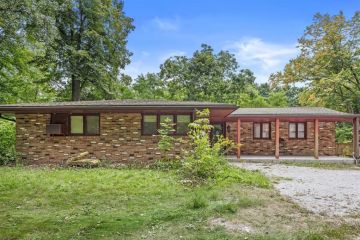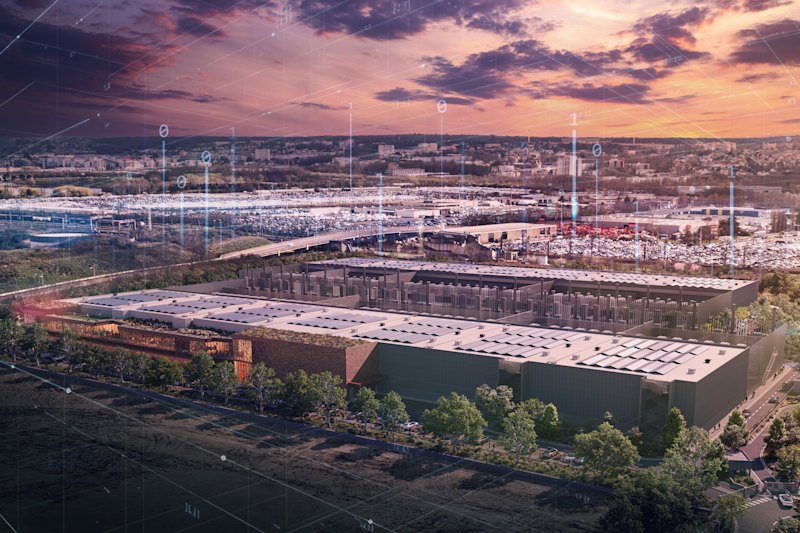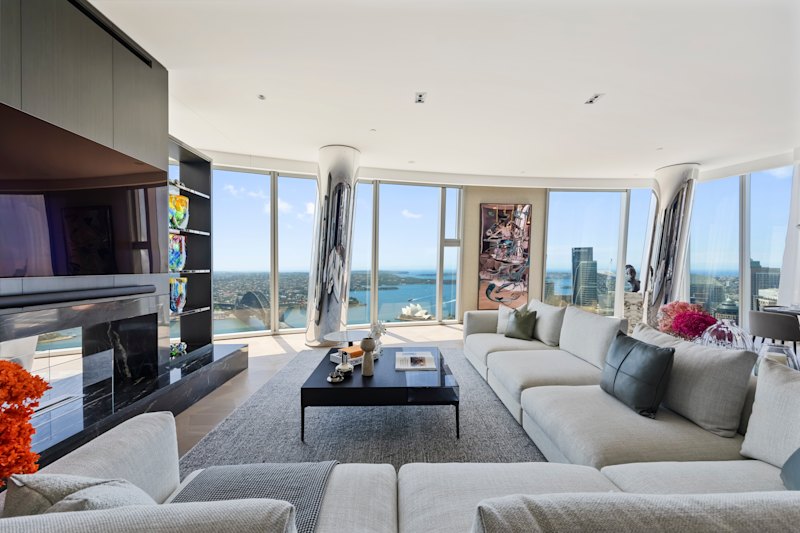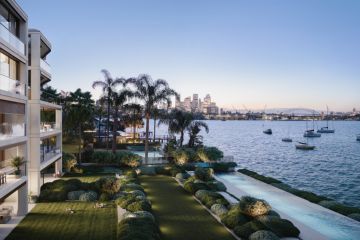Melbourne's most underrated architecture
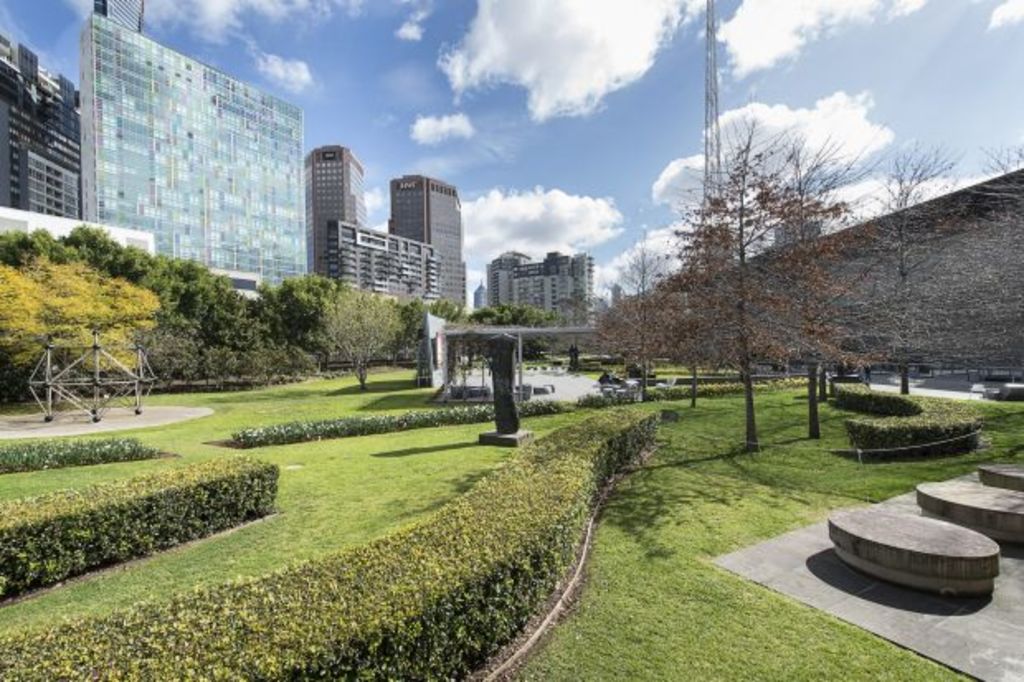
Melbourne has some amazing architectural gems within its fabric. While the brilliance of the Manchester Unity building and the unique character of Federation Square are commonly recognised, what are the buildings and spaces that are taken for granted?
Some of these keep a low profile in plain sight. Others require a curious exploration to discover.
The Sculpture Garden at the National Gallery of Victoria
Every Melburnian recognises the fantastic bluestone facade of the National Gallery of Victoria. Who hasn’t placed their hand in the wall of water beneath the stone arch?
Beyond this facade and past the stained glass ceiling is the much lesser known space that is the perfect outdoor retreat on a sunny autumn day. The monumental walls of the Roy Ground’s designed gallery provide a buffer to the noise and activity along St Kilda Road. What remains is the tranquillity of rustling leaves, rippling water and thought provoking sculpture.
This garden is testament to the fact that excellent architecture is not just about buildings but also the spaces between them.
Currently nestled within this space is the National Gallery of Victoria’s summer pavilion by John Wardle Architects. This delightful splash of colour is free to visit until the end of April.
Council House 2
 Council House 2. Photo: Jessica Shapiro
Council House 2. Photo: Jessica Shapiro
The best architecture is often experimental. By pushing beyond boundaries of the conventional we can develop spaces that solve problems in new ways.
It takes brave clients to undertake experimental architecture but the calculated risks are often repaid with substantial rewards.Such is the case for Council House 2, a building designed for the City of Melbourne Offices by a team of designers including Mick Pearce and the architects at Design Inc.
While the initial building costs were higher than a standard office building, CH2 saves literally millions of dollars every year in ongoing operating costs.
By embracing sustainability as a core design principle, the building uses less energy. By providing excellent indoor air quality and thermal control the people working within the building are more productive. It is therefore not surprising that this quiet achiever has won a string of awards.
The Capitol Theatre

Walking along Swanston Street you can be forgiven for passing by the Capitol Theatre without giving it much thought. But beyond the unassuming building façade lies one of Melbourne’s most extraordinary interiors.
The Capitol Theatre was designed by the dynamic duo of Marion Mahony Griffin and Walter Burley Griffin, who, among other things, were responsible for the masterplan of Canberra. The theatre was completed in 1924 and yet has an elaborate complexity and sophistication that continues to be explored in the architecture of today.
The theatre has experienced a period of neglect but is now owned by RMIT, which has undertaken some of the necessary restoration to this grand treasure.
The Melbourne gateway
 The infamous ‘Cheese Stick’. Photo: Justin McManus.
The infamous ‘Cheese Stick’. Photo: Justin McManus.
Every Melburnian knows the infamous “cheese stick” freeway architecture that hovers above the Tullamarine Freeway. Love it or hate it, this is now a very unique part of Melbourne.
Sometimes dismissed as a pointless extravagance, this space succeeds where Melbourne Airport fails. It actually provides a sense of arrival to our interstate and international guests.
This iconic work by architects Denton Corker Marshall sets the scene for tourists and speaks of a cultural identity that is confident and unapologetic.
The Rectangular Stadium (AAMI Park)
 AAMI Park. Photo: COX Architects and Planners
AAMI Park. Photo: COX Architects and Planners
Melbourne likes to boast about being the sporting capital of the world, but it could be said that Melbourne has sometimes pursued quantity over quality when it comes to sporting facilities.
The Rectangular Stadium, by Cox Architects, has set a clear benchmark of architectural quality that our future facilities need to aspire to.
In sport we love to punch above our weight and take on the world. This stadium did just that in 2012 by being crowned the most iconic and culturally significant stadium worldwide by the Stadium World Congress.
This stadium really shows up the lost opportunity of the Docklands stadium to give back to the urban realm.
Michael Smith is a director of architectural practice at Atelier Red+Black. He also writes the blog The Red+Black Architect.
We recommend
We thought you might like
States
Capital Cities
Capital Cities - Rentals
Popular Areas
Allhomes
More
